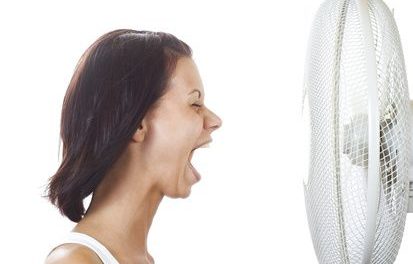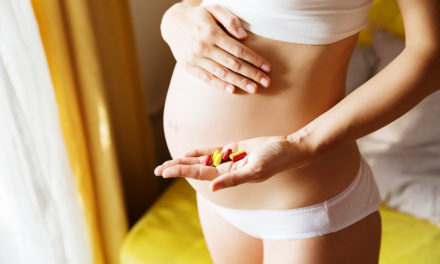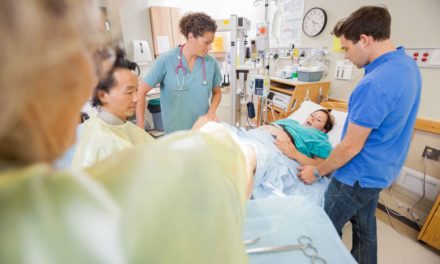
Endometriosis is a condition where endometrial tissue (tissue that is the same as tissue from the lining of the uterus) exists outside the uterus. The endometrial tissue swells over the course of the woman’s menstrual cycle, just like tissue in the uterus. It most commonly involves the ovaries, fallopian tubes and the tissue lining the pelvis. Rarely, endometrial tissue may spread beyond pelvic organs. Symptoms vary, depending on how extensive the abnormal tissue is spread, and its location. There may be pain in the lower abdomen or back, which may be felt as a dull ache, cramping or pressure. It may either get better or worse during menses. Other areas may be painful, like the rectum or the pubic bone; there may be constipation. Between 30% and 40% of endometriosis patients are infertile. Very often the patient has severe dysmenorrhea that begins in her 20s or 30s. Officially there is no known cause, but some research indicates that it may be linked to exposure to environmental toxins.
The main symptom of endometriosis is pelvic pain associated with menstruation. Although many women experience cramping during their menstrual period, women with endometriosis typically describe menstrual pain that’s far worse than usual. They may also suffer from fatigue, bloating, constipation or nausea. Other symptoms can include:
- Dysmenorrhea, which is pain and cramping associated with menstruation.
- Painful intercourse.
- Pain associated with bowel movements or urination.
- Excessive menstrual bleeding.
- Infertility.
- Bleeding between periods (menometorrhagia).






